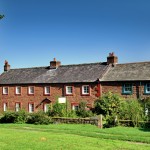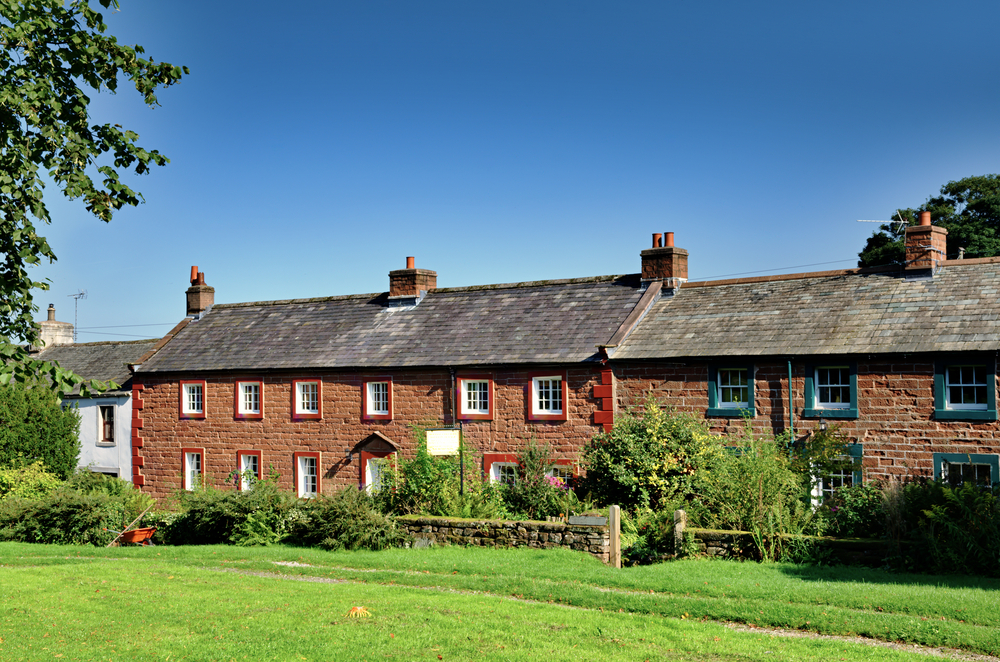 The proportion of people in the UK that own a second home has rocketed by 30% since 2000, highlighting the stark wealth divide that now exists in Britain, new research shows.
The proportion of people in the UK that own a second home has rocketed by 30% since 2000, highlighting the stark wealth divide that now exists in Britain, new research shows.
According to think-tank the Resolution Foundation, 5.2 million people now own a second home, up from 1.6 million in 2000.
The study, which used data from the office for national statistics, found that more than half of second homeowners are baby boomers – those born between 1946 and 1965.
Generation X – born 1966 to 1980 – accounts for a further 25% of additional property wealth.
By contrast the millennials – born since 1981 – own just 3% of the additional property assets and are the first group since records began to have less of it than predecessors at the same age had.
The foundation said that four in 10 adults have no property wealth at all, up from 35% in 2000.
The analysis also found that the average value of assets held in these properties has increased by 20% in real terms between 2000-02 and 2012-14 – from £125,000 to £150,000.
The study will fuel concerns about the difficulty first-time buyers have getting on the housing ladder.
Laura Gardiner, senior policy analyst at the Resolution Foundation, said: “Multiple property ownership is still a minority sport, but a growing one that represents a significant boost to the wealth pots of those lucky enough to own second homes.
“People with second homes not only have an investment that they can turn to in times of need, for instance in later life when care is required, but if the property is rented out they also see a boost to their incomes here and now.
“Contrary to the popular narrative, these second home owners are rarely your typical middle-income worker shoring up savings or ordinary retiree boosting pension income. They tend to be baby boomers who are very wealthy indeed relative to their peers, living in the South and East of England.
“With young people much less likely to own a home at all than their predecessors at the same age, the growing concentration of property wealth among fewer families raises concerns not just for their living standards but for wealth inequality of our country as a whole.”
Landlords have been hit with a raft of measures in recent years to address concerns regarding the difficulty first-time buyers have getting on the property ladder.
The Government increased stamp duty on second homes by 3% in April 2016 to help free up property for first-time buyers as part of its crackdown on the buy-to-let sector.
Furthermore, mortgage interest relief for residential buy-to-let properties has been reduced to the base income tax rate, which is 20%. Landlords were previously able to claim tax relief on the top rate of tax of up to 45%.
“Recent steps to increase stamp duty on second homes and reduce tax relief on buy-to-let mortgage are attempts to address this challenge, but policy makers should consider what more can be done to ensure that home ownership doesn’t become the preserve of the wealthy for generations to come,” said Gardiner.
[box style=”4″]
What Mortgage has teamed up with London & Country to offer you expert advice on the right mortgage deal.
Whether you’re buying a new home, remortgaging to a new deal or buying an investment property, L&C can help – and you’ll pay no fee for their advice. To find out more, click here.
[/box]




